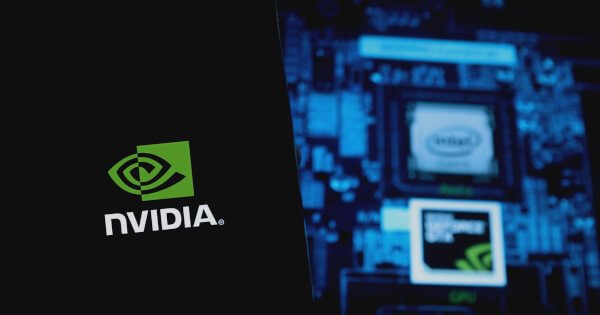
Terrill Dicki
Aug 02, 2025 10:05
Discover how to accelerate Python data science workflows using GPU-accelerated libraries like cuDF, cuML, and cuGraph for faster data processing and model training.
Python’s popularity in data science is undeniable, but as datasets grow, the need for speed becomes critical. According to NVIDIA, several drop-in replacements now exist to speed up Python data science workflows significantly, leveraging GPU acceleration with minimal code changes. These replacements promise to transform the performance of popular libraries like pandas, scikit-learn, and XGBoost.
Boosting pandas and Polars Performance
Data preparation is foundational in data science projects, and it can be time-consuming. NVIDIA’s cuDF library offers a solution by enabling GPU acceleration for pandas. By simply loading the cudf.pandas extension, pandas commands can execute on the GPU, maintaining the same code while increasing speed.
Polars, known for its speed, can also benefit from GPU acceleration. By using the cuDF-powered engine, Polars can leverage the GPU for its operations, further enhancing its performance capabilities.
Accelerated Model Training with scikit-learn and XGBoost
Training models with large datasets can be a bottleneck in Python workflows. However, scikit-learn and XGBoost can now perform faster with GPU support. Using cuML, scikit-learn models can be trained more efficiently without changing existing code. Similarly, XGBoost’s built-in GPU acceleration can be activated by setting a simple parameter, significantly reducing training time.
Exploratory ML and Clustering Enhancements
Exploratory data analysis and clustering are crucial steps before model training. Tools like UMAP and HDBSCAN, which can be slow on large datasets, now run faster with cuML’s GPU acceleration. By loading the cuml.accel extension, these tools can handle larger datasets swiftly, facilitating quicker insights.
Graph Analytics with NetworkX
NetworkX, a popular library for graph analytics, faces performance challenges on large datasets. The introduction of nx-cugraph, a GPU-accelerated backend, addresses these issues by enabling GPU acceleration for NetworkX without any code changes. This allows for efficient analysis of complex graph structures.
For developers and data scientists eager to enhance their workflows, NVIDIA provides comprehensive examples and starter code available on their official blog. By integrating these GPU-accelerated libraries, Python users can achieve faster data processing and model training, optimizing their data science operations significantly.
Image source: Shutterstock

